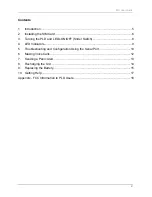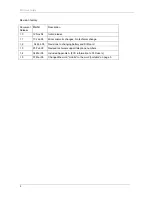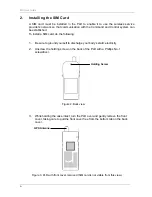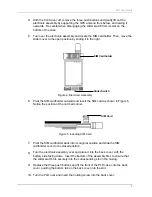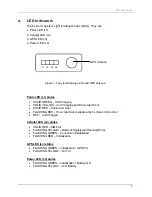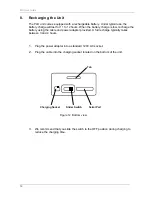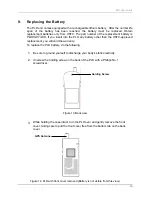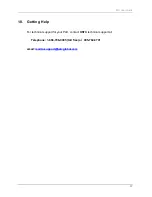
PLD User Guide
5
1. Introduction
The PLD is a portable device that is worn or carried by an individual whose
geographical location needs to be monitored. The PLD communicates with a PC-based
Command and Control system via a wireless service provider’s network. The
Command and Control system constantly monitors all PLD units registered on the
system to determine their current location. In addition, the system can also record a
complete history of movement for each PLD and determine its operational status such
as battery level, online/offline status, etc. without having to involve the individual
possessing the unit.
The individual possessing a PLD can request help by pressing panic alert buttons.
When an alert signal is detected by the Command and Control system, an alert
message is automatically displayed for the system operator who will then take remedial
action.
Each PLD can communicate with the Command and Control system only after a valid
SIM (Subscriber Identity Module) card has been installed in the unit. The SIM card
identifies the PLD unit to the wireless service provider so that the PLD can use the
provider’s communication network to speak with the Command and Control system.
SIM cards are available from the wireless service provider.
Operating Conditions
The PLD uses two antennae for communication: the GPS antenna, and the GSM
antenna.
The GPS antenna sends and receives data via GPS satellite signals. In order to
communicate with the GPS satellites, the PLD unit must have a clear view of the sky.
The GSM antenna
is internal to the PLD unit. This antenna operates under the same
conditions as a cell phone does and, unlike the GPS antenna, it does not need a clear
view of the sky.
Figure 1. Front view showing GPS Antenna
GPS Antenna
Содержание PLD
Страница 19: ...PLD User Guide 19 ...
Страница 20: ...PLD User Guide 20 ...



